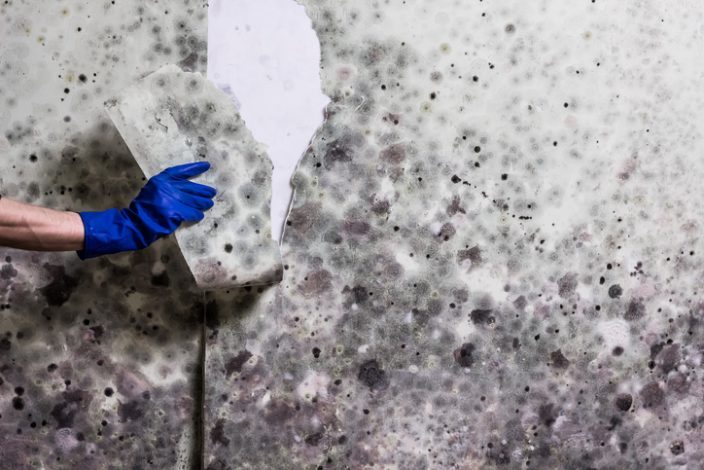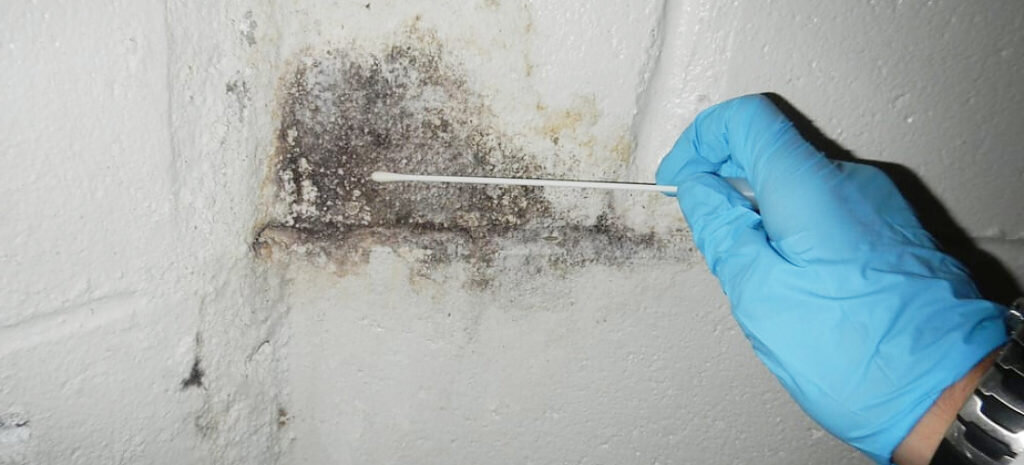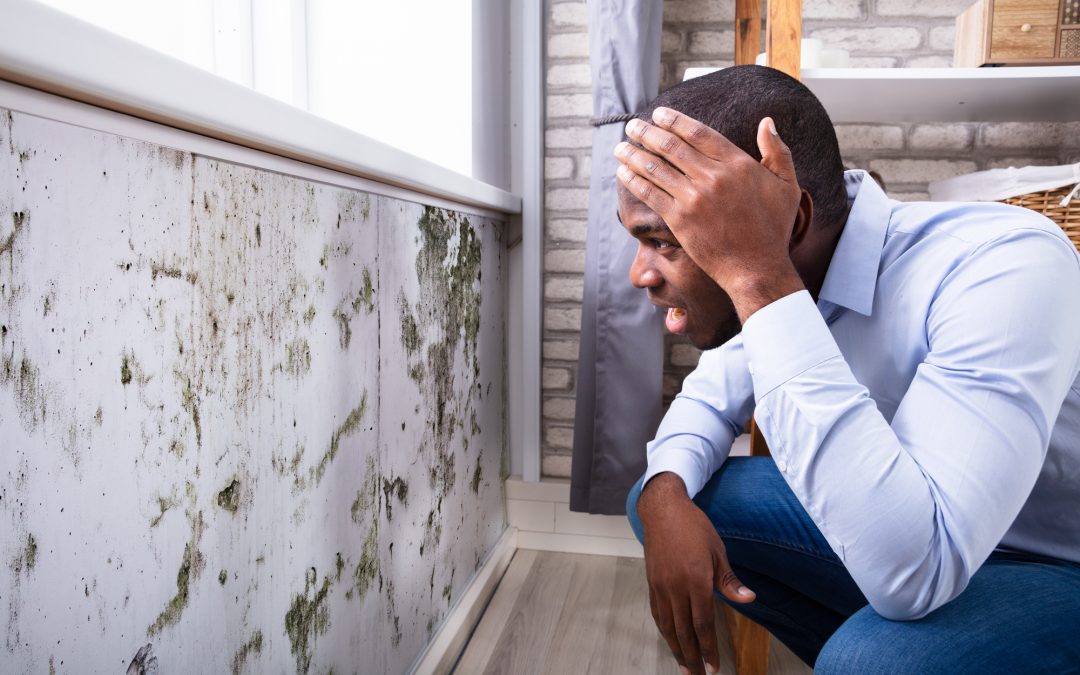Testing Air Quality After Mold Remediation
Testing Air Quality After Mold Remediation
Blog Article
Your Ultimate Overview to Article Mold And Mildew Removal Methods
Browsing the world of post-mold remediation strategies is a thorough procedure that requires interest to detail and an extensive understanding of the ins and outs included. In the consequences of mold infestation, understanding exactly how to successfully get rid of the mold and mildew and stop its reoccurrence is extremely important for keeping a healthy and balanced interior atmosphere. From choosing the ideal cleansing and disinfecting approaches to applying strategies for long-term mold and mildew prevention, each step in the removal trip plays an essential role in guaranteeing a successful outcome. As we start this expedition of post-mold remediation strategies, we will certainly reveal the vital approaches and finest techniques that can aid you restore your space to its pre-mold problem and secure it against future mold and mildew risks.
Understanding Post-Mold Remediation Process
After completing the mold remediation process, it is vital to comprehend the post-mold removal strategies that are essential to guarantee a efficient and extensive clean-up. As soon as the mold and mildew has been gotten rid of, the following action entails cleansing and sanitizing the influenced areas to stop any type of regrowth of mold.
Additionally, carrying out a final inspection post-remediation is crucial to ensure that all mold and mildew has actually been successfully eradicated. If the evaluation reveals any type of remaining mold, extra remediation might be needed.
Efficient Cleaning Up and Sanitizing Methods

Preventing Future Mold Growth

Significance of Appropriate Ventilation
Correct air flow plays an essential function in avoiding moisture buildup, an essential aspect in mold and mildew development within indoor settings. Reliable ventilation systems aid get rid of excess moisture from the air, minimizing the possibilities of mold spores finding the dampness they require to germinate and spread out. Without appropriate ventilation, interior areas can become a breeding place for mold and mildew, causing possible wellness threats and architectural damages.
By guaranteeing proper air flow, ventilation systems can likewise aid in drying out damp areas faster after water damage or flooding incidents, even more deterring mold and mildew development. Post Mold Remediation. In spaces view like shower rooms, basements, cooking areas, and attics where wetness degrees often tend to be higher, installing and preserving effective ventilation systems is critical in protecting against mold and mildew invasions

Tracking and Upkeep Tips
Offered the crucial duty that correct air flow plays in preventing mold growth, it is necessary to develop reliable tracking and upkeep ideas to make certain the continued capability of air flow systems. Tracking humidity levels within the residential property is additionally crucial, as high moisture can contribute to mold growth. By staying aggressive and conscientious to the condition of ventilation systems, residential or commercial property owners can efficiently minimize the danger of mold and mildew regrowth and keep a healthy and balanced interior atmosphere.
Verdict
To conclude, post-mold removal techniques are important for ensuring a risk-free and tidy setting. Understanding the procedure, carrying out efficient cleaning and sanitizing techniques, avoiding future mold and mildew development, preserving correct ventilation, and regular monitoring are all critical steps in visit the removal procedure. By adhering to these standards, you can successfully get rid of mold and avoid its return, advertising a healthy and balanced living or functioning room for all passengers.
In the consequences of mold invasion, knowing how to properly remove the mold and avoid its reoccurrence is paramount for preserving a healthy interior environment. When the mold and mildew has actually been removed, the following step involves cleansing and decontaminating the influenced locations to avoid any kind of regrowth of mold - what to do after mold remediation. After eliminating noticeable mold growth, it is critical to clean up all surface areas in the affected area to eliminate any kind of staying mold and mildew spores. To further improve mold prevention measures, it is necessary to attend to underlying issues that initially led to mold advancement.Given the vital duty that proper ventilation plays in preventing mold and mildew growth, it is essential to develop reliable tracking and upkeep ideas to ensure the continued performance of ventilation systems
Report this page